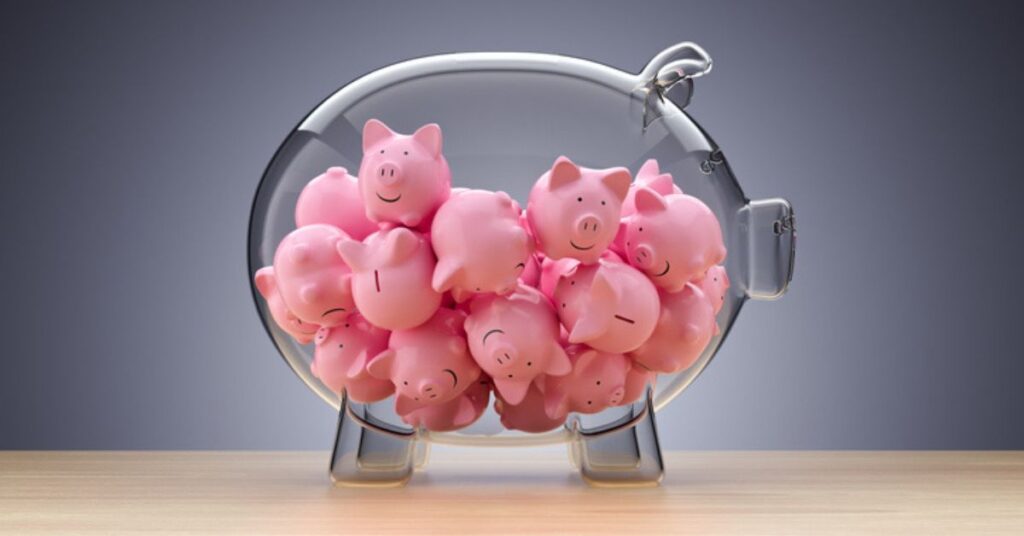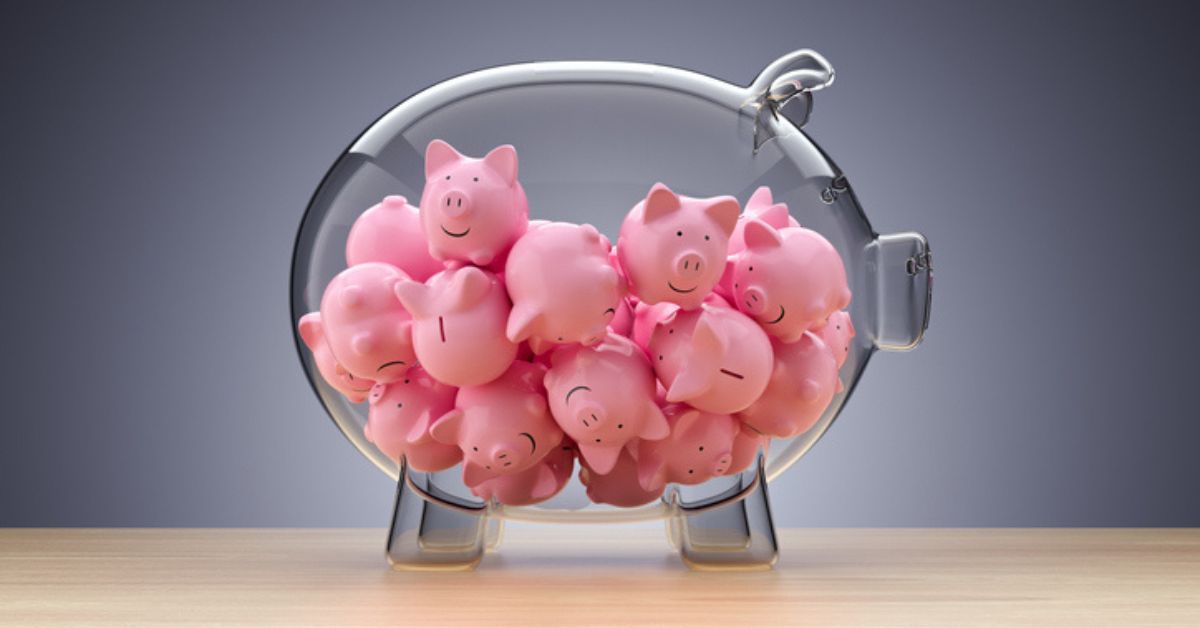
There is nothing wrong with wanting to save money – and this is true for translation services too. It does not mean however that you need to ask your secretary to translate a 10-page chemical study, or you have to use Google Translate for making your website multilingual. We’ll show you how to use your translation budget wisely.
Let’s assume
Let’s assume that you are a Chemical Company.
Let’s assume that you have a long list of various chemical documents from labels to MSDSs, from registration documents to exposure scenarios, from SPCs to product brochures, that you need to translate from English into all the official languages of the European Union.
Now you need to set up a feasible timeline for the entire project, and choose a translation partner.
How much is it?
A major mistake a client can make in this situation is to ask for translation word rates from several agencies, and put them side by side. Comparing merely word rates will not give you the full picture. There are so many other factors that can affect the final sum you are about to pay: various discounts, file conversion fees, additional quality assurance charges, revision costs. It is misleading (but unfortunately still common practice) to take the total translatable wordcount multiplied by the translation word rate, and select the lowest bid.
Since SDSs (Safety Data Sheets), exposure scenarios, product labels, SPCs (Summaries of Product Characteristics) and similar chemical documents tend to include repetitive parts, we always analyse them and offer discount for the repetitions. Why can we do that? Because we have the appropriate technical background and software. We don’t like double work; instead, we like to use our head. And we build long-term relationship with our partners, so we help them see how they can save money – without compromise on quality.
In case of large orders, an additional volume discount can be applied, and we always have various Special Offers for new clients too.
Do the math
Instead of looking for the lowest translation word rate, collect all the translatable documents and send them to the selected translation partner candidates for an exact price and turnaround time. You’ll be surprised!
Due to repetitions, the actual translatable wordcount could significantly drop – and so will your expenses. What’s more, for large projects we are always pleased to give an additional volume discount.
Imagine receiving the translation of almost 1 million words while paying only for 29% of the wordcount. (These are real numbers of a recent chemical project!) Now how does this sound?
Good, fast and cheap
We all know the Good-Fast-Cheap triangle. You might very well think that if the bill is impressively low (compared to the high total wordcount, of course) the project either takes forever to complete or the quality is poor.
As for quality – well, that’s not countable. Unlike the chemical companies who have been choosing to work with us in the last 15 years. They are numerous. Giant chemical companies, suppliers of plant protection products, biocides regulation consultancies, law firms specialized in regulatory affairs – they all have one thing in common. They require top quality in terms of chemical knowledge and language expertise. Nothing is more important than that.
Thanks to our large pool of translators with chemical and regulatory affairs background, setting up translation teams requires no special preparation for us. We work with chemical documents on a daily basis. Our project managers will set up a timeline for you (no, you don’t have to deal with this), will calculate partial delivery dates, and you will receive the translations in several batches if that is more convenient for you.
Translation of 1 million words into a total of 15 languages in less than 6 weeks. (Again, real numbers from a recent chemical project.) Would this be OK for you?
Written by Anita Salát, Business Development Manager
Get a first-hand experience on how our language services can contribute to your success!
Ask for an exact quote or get the detailed cost-optimized price offer from our project managers at translation@eurideastranslation.com.
To stay updated with our latest SPECIAL OFFERS and to receive our regular newsletter, please subscribe here.



